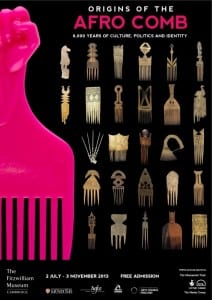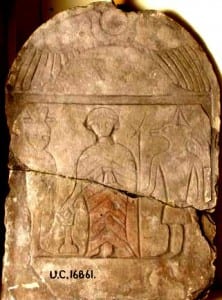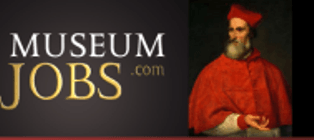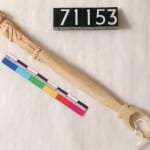Coptic Christmas: and a Myriad of Calendars (advent or otherwise)
By Edmund Connolly, on 29 November 2013
Many of us may be looking forward to Christmas in a few weeks’ time, but for many of our Egyptian (and other Coptic readers) Christmas will not be until January 7th 2014.
History
Coptic is a bit of a hydra of a term, with a few meanings that can be used synonymously or separately. The word Coptic derives from the Greek ‘aigyptos’ referring to the people of Egypt, originally this term had nothing to do with religious order or identity. Whilst ‘Egypt’ comes from more of an Ancient Egyptian pronunciation, Copt most probably held an Arabic influence, with the initial ‘ai’ being dropped to produce the plosive ‘K’ sound (Gregorious 1982, Downer).
 Close
Close











